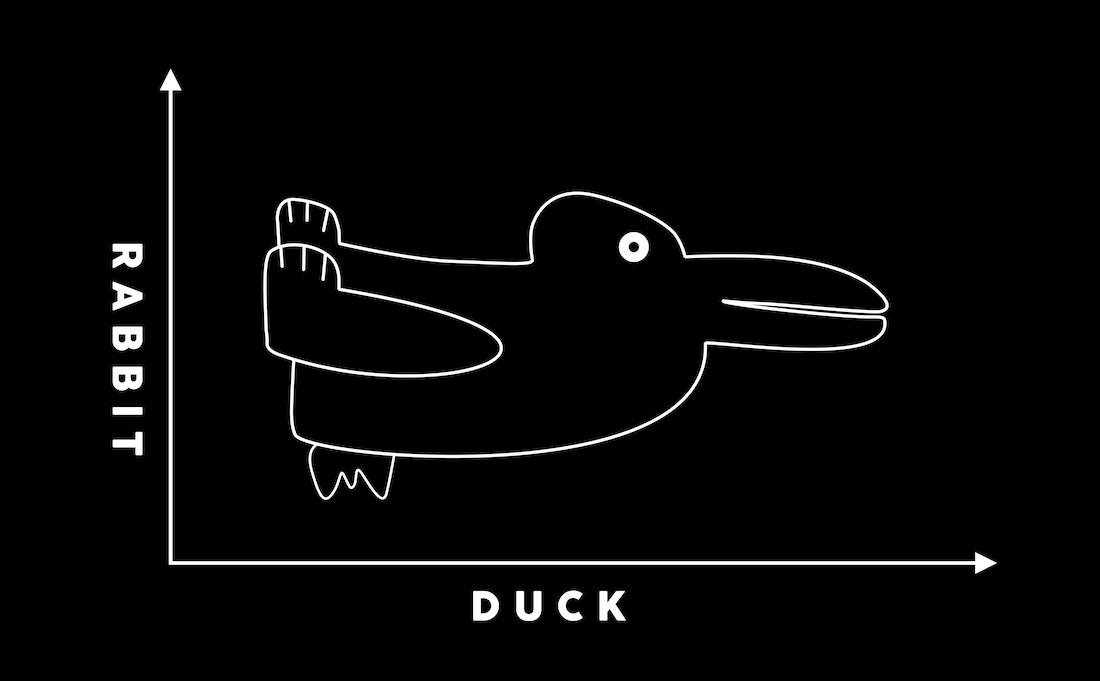Great leaders ask great questions: Here are 3 steps to up your questioning game.

- At one level, questioning helps people engage with others and accumulate knowledge from them.
- But questioning can also help us nurture cultures of inclusion and inquisitiveness.
- To do so, we must recognize the different categories of questions, when to use them, and how to listen effectively.
Excerpted from Decisions Over Decimals: Striking the Balance Between Intuition and Information by Christopher J. Frank, Oded Netzer, and Paul F. Magnone. Copyright © 2022 by John Wiley & Sons Used with permission of the publisher, Wiley. All rights reserved.
Questioning is a skill. Like other skills such as active listening, time management, or collaboration, it takes training, practice, and application to become proficient. The journey begins with an appreciation for different types of questions. Questions can be broadly classified into four categories:
- Factual Questions: This type of question has straightforward answers based on facts or awareness. These questions can be open or closed. The answers to questions are based on facts but may require an explanation.
- Convergent Questions: These are close-ended questions with a finite set of answers. Typically, these questions have one correct answer. The most basic convergent question can be answered with a “yes” or “no.”
- Divergent Questions: These are open-ended questions that encourage many answers. These questions can best be understood as exploratory — as means for analyzing a situation, problem, or complexity in greater detail and then predicting different outcomes. Frequently the goal is to stimulate creative thought or to expand the conversation.
- Evaluative Questions: This requires deeper levels of thinking. The questions can be open or closed. Evaluative questions elicit analysis at multiple levels and from different perspectives to arrive at newly synthesized information or conclusions.
Building an inquisitive team
One of the best LinkedIn profiles starts with “I am insatiably curious.” What would it take to build a team of insatiably curious, truly inquisitive people? Building an inquisitive culture involves a combination of what and how. The what is a combination of the types of questions previously outlined, and the how is the environment you create. Great leaders create great cultures. There are three basic steps to building an inquisitive culture:
- Start with an open-ended question.
- Respond, don’t react. Embrace silence.
- Ask a stream of questions.
Step 1: Start with an open-ended question
Having a good arsenal of questions at one’s disposal is a must for any leader, but the one staple of any leader is the open-ended question. Asking open-ended questions is like adjusting the lens of a camera, opening the aperture to create a wider field of view. This wider field sets a tone of receptivity, signaling that you are open to new information, in learning mode, and ready for a dialogue not a monologue. Here are three practical open-ended ways to start a conversation:
- Help me understand.
- Have you considered … ?
- What surprised you?
The simplicity of starting with one of these three-word statements belies their power. We call these multiplier questions as they are designed to increase the dialogue. Open-ended questions also serve as a relief valve, reducing the tension of having the correct answer.
“Help me understand” enables you to take a posture of learning and humility. It communicates that I don’t know what I don’t know. I am hungry to learn.
“Have you considered” puts the power in the other person’s hands. It equips them to discuss their assumptions and caveats and share any trade-offs they may have made. A variation of this, beneficial when providing feedback, is “you may want to consider.” Again, it is up to them to decide whether they want to take action or explore further. You are empowering them.
“What surprised you?” is an open-ended question designed to reduce bias. The word surprise is a bias killer. We all have biases — preconceived notions. Some are conscious and others are unconscious. The latter is often called “implicit biases,” which the Kirwan Institute at Ohio State University defines as “the attitudes or stereotypes that affect our understanding, decisions, and actions in an unconscious manner.”
Without being aware of their influence, implicit biases affect how we interpret and tell a data story. The brain is wired to connect new information to past interpretations to learn quickly. These mental processes naturally introduce bias as we interpret new information. An analyst, as someone who is expected to interpret data rationally and logically, may be hesitant to share data they cannot explain. They may be tempted to label an unexplained result as an outlier and disregard it or relegate it to an appendix. As the leader, you may miss a rich data point or a potential winning solution by not knowing about these outliers. When you ask, “What surprised you?” you are giving your colleagues permission to share what they did not expect to see, what might fall outside of their logical lens. “What surprised you?” creates a trusting, inviting space for an open discussion.
Step 2: Respond, don’t react. Embrace silence.
You may have heard the term active listening. It involves paying close attention to words and nonverbal actions and providing feedback to improve mutual understanding. But have you ever stopped to consider passive listening? Passive listening also involves listening closely to the speaker but without reacting. Instead, passive listening leaves space for silence. By combining both of these modes, we achieve what we call effective listening.
Effective listening focuses on two elements of the communication process: silence and responding versus reacting. To create a learning environment built on trust, you need to listen. Listening begins with silence. Because it creates a void, silence may cause some discomfort, but it is an effective way to enhance learning. During the silence, the speaker will fill the void, often revealing more information; hence, you learn more. Silence signals that you are fully engaged; you are listening intently, considering what is being shared so you can respond in a meaningful way.
The difference between responding and reacting lies in the level of consideration. Reactions tend to be instinctual, spontaneous impulses driven by emotion without considering the result. Reactions often come without a filter, without much thought or analysis, and without taking time to consider possible implications. Even if a reaction isn’t intense or negative, it disrupts communication. For example, a listener may feel the need to share a related story. The intent is positive — to show understanding — but the unintended consequence is to redirect the speaker’s attention toward the listener. The listener has shifted the conversation and taken control of the discussion.
Contrast this with responding. A response is thoughtful, logical, and informed. Responding uses your head and your heart to consider the outcomes of a reply before speaking. Responding is thoughtful; it involves taking time and using silence to process new information. Responding is also proactive, using intuition and experience to consider what is optimal for you, for others in the meeting, and for the desired outcome. You can then engage in a way that is accretive to the result you’re trying to achieve. In many situations, work or personal, responding versus reacting will yield richer results. You should joyfully embrace it, not only when someone is presenting an idea or information but also when someone asks a question.
Step 3: Ask a stream of questions.
One of the most powerful response techniques is the ability to ask questions. Questions frame the issue, remove ambiguity, expose gaps, reduce risk, give permission to engage, enable dialogue, uncover opportunities, and help to pressure-test logic. Questions that are informed, thoughtful, and relevant advance learning.
Varying the questions sustains engagement and fosters creative thinking. The goal of asking questions is not to achieve a single right answer but to accumulate and expand knowledge through the questioning process.
Returning to our camera lens analogy, open-ended questioning provides a wide-angle lens. It enables you to capture the broader picture and take in crucial background elements, allowing you to explore the scene with an unrestricted view rather than through a narrower analytical lens.
Of course, this wide view also creates distortion. Open-ended questions provide much more real estate to work with, but ultimately, we need a sharper picture to make smarter decisions. To quote the famous photojournalist Robert Capa, “If your photographs aren’t good enough, you’re not close enough.” Questions also allow you to narrow the lens, to get closer. By asking a stream of questions and using the different types, you can focus the data picture.
Start with the basics. Your ability to focus starts with developing comfort with the four types of questions—factual, convergent, divergent, and evaluative. This is the question library that equips you with the capacity to ask a stream of questions.
As your progress with the discussion, the secret to asking questions is to be precise. Your questions are still open-ended but focus on particular aspects of an outcome you are looking to achieve. Start to transition from a broad question — How do we increase sales? — to more precise questions — What specific promotion has had the highest response among older millennials? Did your analysis uncover any variations by gender? Were there surprises in the sales data from a geographic view? How would your conclusion change if you were the competitor? As you consider the new information shared, are you clear on how it relates to the original problem or the outcome you are working toward?





